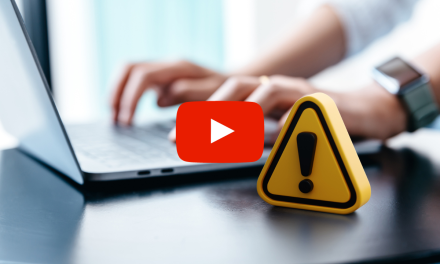
The Power of Promptness: Why Timely Documentation Matters

Chiropractic physicians, like other healthcare providers, are responsible for maintaining accurate medical records for their patients. This documentation serves many purposes, including accounting for the patient’s condition, diagnosis, services rendered, and other observations. However, despite the importance of timely documentation, many providers delay completing medical records. In this article, we will explore the importance of timely documentation and discuss strategies that chiropractic physicians can use to finish documentation quickly.
One of the reasons timely documentation is so important is that our short-term memory has a limited capacity. According to George Miller’s “magical number seven plus or minus two,” we can only remember 5-9 things for a period of 15-30 seconds (Atkinson and Shiffrin). This means that healthcare providers who delay completing medical records may forget important details about the patient’s condition or treatment. By completing documentation quickly, providers can ensure that their notes are accurate and complete, which in turn improves patient outcomes.
The Centers for Medicare & Medicaid Services (CMS) Medicare Claims Processing Manual, National Government Services (NGS), Blue Cross Blue Shield of Illinois (BCBSIL), and UnitedHealthcare all emphasize the importance of timely documentation. These organizations recommend that healthcare providers generate documentation at the time of service or shortly thereafter. Here are the specific requirements for each:
- CMS (Medicare): “The service should be documented during, or as soon as practicable after it is provided in order to maintain an accurate medical record.”
- NGS (Our Local Medicare Carrier): “Generally speaking, the service should be documented on the same date on which it is performed, since the documentation of date and signature must correlate to the date of service on the submitted claim.”
- UnitedHealthcare: “Generate documentation at the time of service or shortly thereafter.”
- BCBSIL: “A reasonable expectation would be to complete documentation no more than 24-48 hours away from the service itself…. Anything after 48 hours may be considered unreasonable, as providers cannot be expected to recall specifics of services rendered after time has passed. Providers should comply with this requirement and complete documentation in a timely manner.”
Clearly, the consistent message from all of these major insurers demonstrates an outside limit of 48 hours. However, we recommend completing documentation on the same date the service is rendered.
Potential Strategies:
To finish documentation quickly, chiropractic physicians can use a variety of strategies. Here are a few strategies that practicing chiropractic physicians have told me they utilize over the years:
Use technology to streamline the documentation process by using templates and prior visit notes as a starting point. However, do NOT clone the prior visit notes, or repeat the same notes for every patient, as this is a red flag for insurers and regulators. Instead, use them as a starting point only. Additionally, if you tend to be more verbal, consider using voice recognition software to dictate notes during the patient encounter, which can save time and reduce the risk of errors.
Another strategy is to hire a scribe to assist during the patient encounter. Many doctors have found scribes provide an incredibly efficient documentation method that ultimately frees up the doctor’s time to see more patients during the day. According to the research, using scribes “produces improvements in physician–patient interaction, and results in large increases in physician productivity and… revenue.” (Bank, A. J., Obetz, C., Konrardy, A., et al. (2013). Impact of scribes on patient interaction, productivity, and revenue in a cardiology clinic: A prospective study. Journal of Clinicoeconomics and Outcomes Research) Consider your time and evaluate the feasibility of hiring a scribe for documentation.
In addition to these strategies, you should regularly evaluate your workflow and look for possible efficiencies to improve the efficiency of the documentation process. For example, consider scheduling appointments in a way that allows for sufficient time to complete documentation between patient visits or, of course, set aside time at the end of the day to complete documentation for all of the patients seen that day. However, also consider the value of your time vs. hiring a scribe to assist with documentation.
In conclusion, timely documentation is a critical aspect of providing high-quality healthcare. Chiropractic physicians, like other healthcare providers, have a responsibility to maintain accurate and complete medical records for their patients. By completing documentation quickly, providers can ensure that their notes are accurate and up-to-date, which in turn improves patient outcomes. Chiropractic physicians can use a variety of strategies to finish documentation quickly, including using templates, scribes, and making changes to their workflow.


















